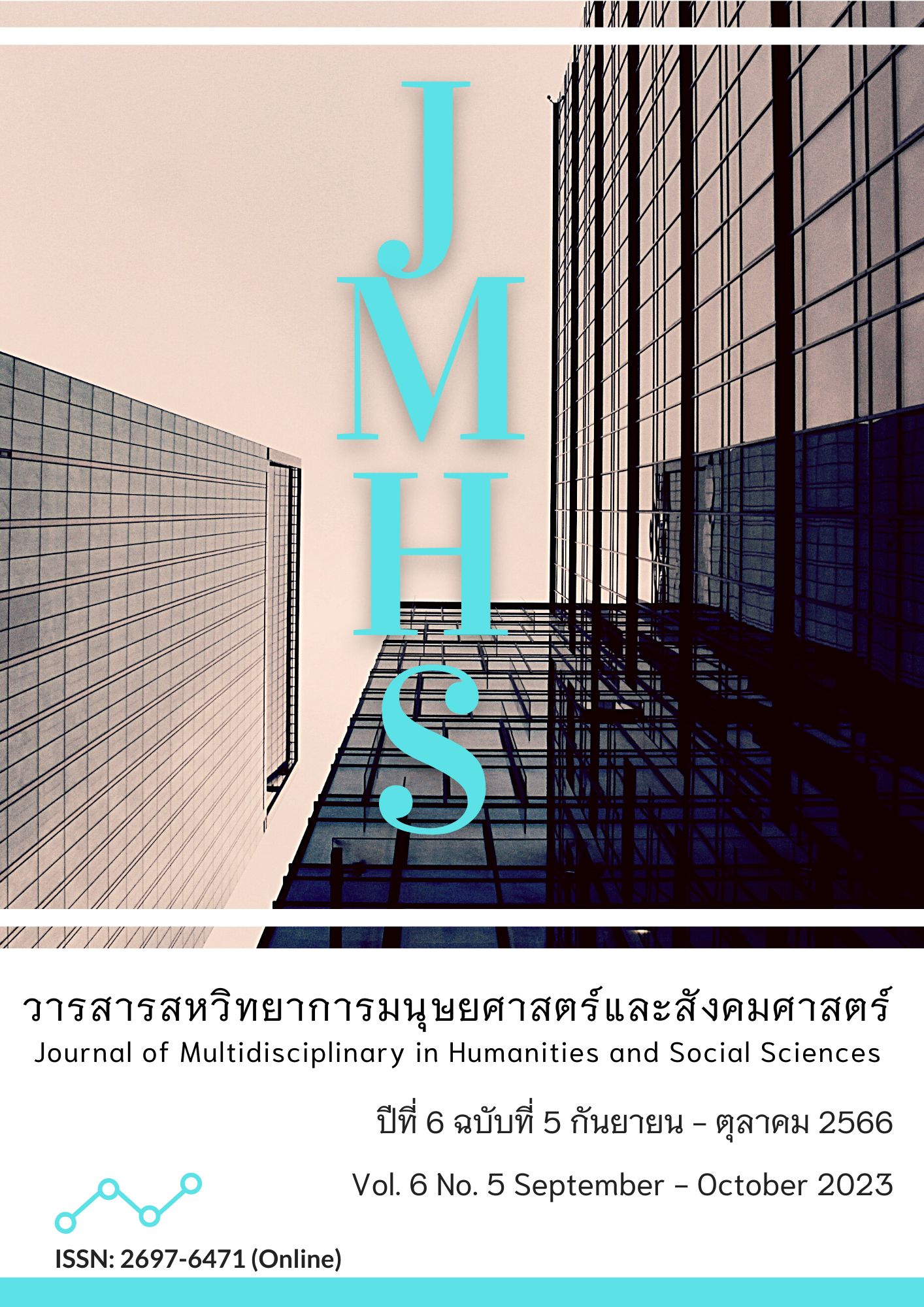A Study of Using The 3DH To Achieve the Required Bakery Skills Among Students at A Private University in Bangkok
Main Article Content
Abstract
The traditional teaching methods incorporated with 3D Hologram technology are being analyzed in this experiment to get the desired student outcome and to see how much knowledge is retained using the 3DH teaching method. Even though there is a lot of work published in this field, the 3DH teaching approach has not fully developed in the culinary area. Students from the International Hotel Management program that are enrolled in the Culinary Arts subject have been used as the sample for the experiment. Through quasi-experimental research, the effectiveness of the 3DH teaching approach was tested by comparing pre-test and post-test results. At the end of the experiment period, a satisfaction survey was administered to determine the learning experience and adaptiveness of the learning approach. Results revealed that there was a statistically significant difference in the pre-test scores (M = 42.67, SD = 6.28) and post-test scores (M = 50.23, SD = 6.44); t(29) = -7.72, p <.001. These results of the pre-test and post-test indicated that the hologram used as the treatment had a significant effect in favor of the experiment, suggesting that the hologram condition increases performance in bakery skills, and this improvement is statistically significant. Based on the analysis of the Satisfaction Survey, the data suggests that the students were prone to technology and that they were able to adapt themselves to the way in which they were being instructed in performing the required bakery skills. The criteria that were used to describe their experience included the skills required for the production of bakery products. The experiment revealed that there were some limitations to the learning approach, but overall proved that this method of intervention can improve students’ practical performance in the kitchen.
Article Details

This work is licensed under a Creative Commons Attribution-NonCommercial-NoDerivatives 4.0 International License.
Views and opinions appearing in the Journal it is the responsibility of the author of the article, and does not constitute the view and responsibility of the editorial team.
References
Bajraktari, D. (2020, October 22). Modern Technology in Education. IT Chronicles. Retrieved from https://itchronicles.com/education/modern-technology-in-education/
Cobe, P. (2021, June 01). How culinary schools are adapting for a post-pandemic world. The Foodservice Director. Retrieved from https://www.foodservicedirector.com/workforce/how-culinary-schools-are-adapting-post-pandemic-world
Dolega-Dolegowski, D. et al (2022). Application of holography and augmented reality-based technology to visualize the internal structure of the dental root – a proof of concept. BioMed Central. Retrieved from https://head-face-med.biomedcentral.com/articles /10.1186/s13005-022-00307-4
Geng, J. (2013). Three-dimensional display technologies. Adv Opt Photonics, 5(4), 456-535. doi: 10.1364/AOP.5.000456.
Glass, S. (2005). Integrating Educational Technologies into the Culinary Classroom and Instructional Kitchen. Retrieved from https://files.eric.ed.gov/fulltext/ ED495295.pdf
Herold, B. (2016). Technology in Education: An Overview. Education Week. Retrieved from https://www.edweek.org/technology/technology-in-education-an-overview/2016/02
Holland, J. (2019). Augmented Reality: 3D Holograms for Engaged Learning. The Future of Education. (9th ed.). Retrieved from https://conference.pixel-online.net /FOE/files/foe/ed0009/FP/5563-ITLM3774-FP-FOE9.pdf
Iatsyshyn, A. V. et al. (2020). Application of augmented reality technologies for preparation of specialists of new technological era. Center for European Union Research, 14(4). http://ceur-ws.org/Vol-2547/paper14.pdf
Jha, D.K. (2019, May 23). How Holograms Revolutionize the Education System and The World Nowadays. eLearning Industry. Retrieved from https://elearningindustry.com/holograms-revolutionize-education-system-world-nowadays
Kalansooriya, P., Marasinghe, A., & Bandara, K. M. D. N. (2015). Assessing the Applicability of 3D Holographic Technology as an Enhanced Technology for Distance Learning. IAFOR Journal of Education, 3(SE). https://doi.org/10.22492/ije.3.se.03
Khan, A., Mavers, S. & Osborne, M. (2020). Learning by Means of Holograms. In D. Schmidt-Crawford (Ed.), Proceedings of Society for Information Technology & Teacher Education International Conference (pp. 1150-1155). Association for the Advancement of Computing in Education (AACE). Retrieved from https://www.learntechlib.org/primary/p/215875/
Morris, G. (2014). Holographic Chefs: Kitchens at the Cutting Edge. Sky News. Retrieved from https://news.sky.com/story/holographic-chefs-kitchens-at-the-cutting-edge-10390682
Orcos, L., & Magreñán, A. A. (2018). The hologram as a teaching medium for the acquisition of STEM contents. International Journal of Learning Technology, 13(2), 163. DOI:10.1504/IJLT.2018.092097
Salim, A. (2019, April). Advantages And Disadvantages of Traditional Education System. LinkedIn. Retrieved from https://www.linkedin.com/pulse/advantages-disadvantages-traditional-education-system-arshad-salim/
Strom, J. (2002). Streaming video: Overcoming barriers for teaching and learning. University of Manchester, Advanced Telematics Centre. Retrieved from http://www.cde.athabascau.ca/ISEC2002/papers/strom.pdf
Yan, L., Qun, Y., Yu, W., & Changcheng, W., (2022). Research on Hologram Based on Holographic Projection Technology. Mathematical Problems in Engineering. Retrieved from https://doi.org/10.1155/2022/3142599


